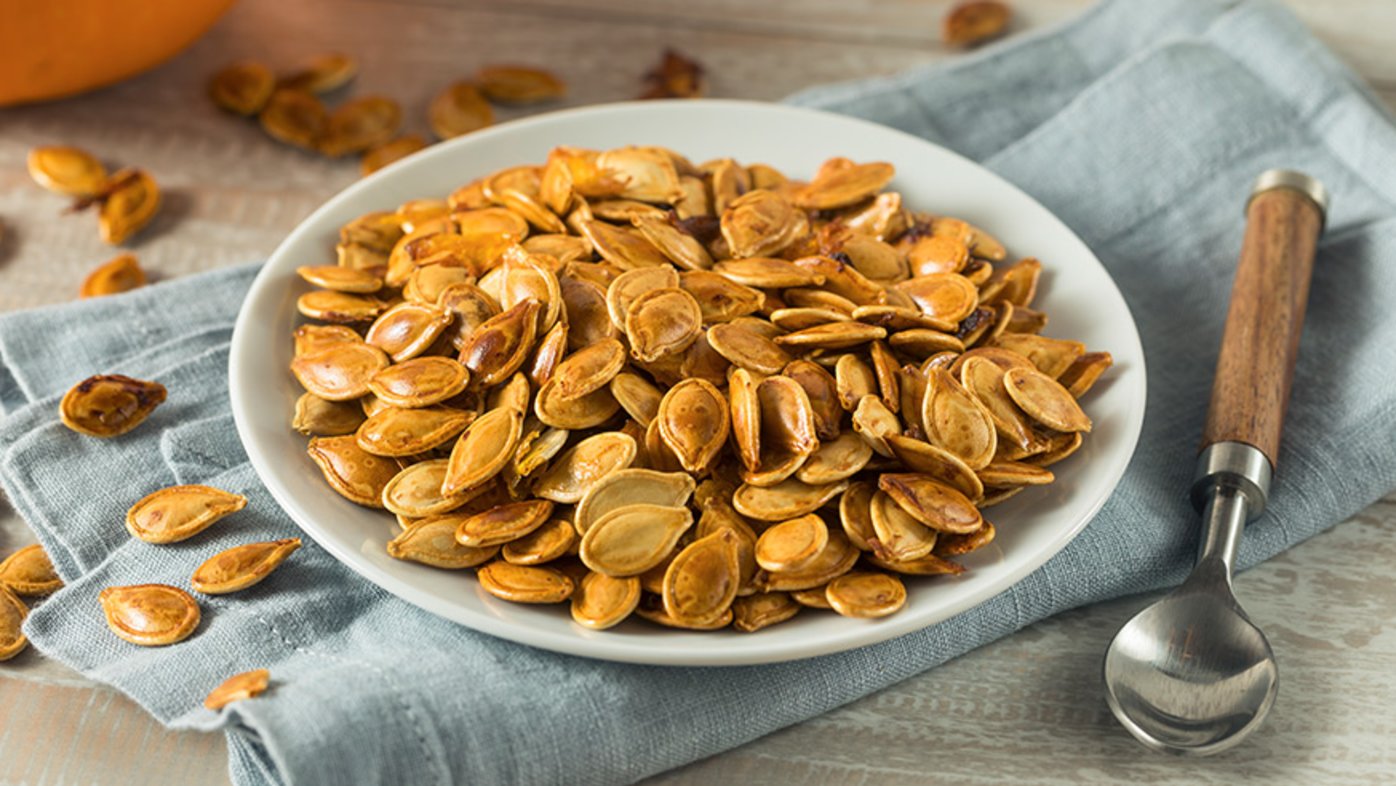
Health benefits of pumpkin seeds
Pumpkin seeds are loaded with the nutrients our bodies need.
Whether you’re eating a gluten-free diet because you are trying a new eating plan — like the paleo or Whole30 programs — to manage celiac or other autoimmune diseases, or to reduce excess gas, it’s important to include natural sources of dietary fiber in every meal.
“Fiber is important for digestive health, cancer prevention, cholesterol management, satiety and much more,” says Melissa Hughes, a registered dietitian nutritionist at the Sharp Rees-Stealy Center for Health Management. “Fiber helps us feel fuller longer and bulks up our meals while keeping calories reasonable.”
Adults should consume 25 to 38 grams of fiber each day. But not all fiber is created equal. So, if you’re eating gluten-free, how can you be sure you’re eating the right kind of fiber in the right amount?
Soluble and insoluble fiber
All dietary fiber comes from plant-based foods, and is the part of the food that cannot be broken down during the digestive process.
The two forms of dietary fiber are:
Soluble fiber — This type of fiber helps you feel fuller longer by attracting water and slowing digestion. It is found in fruits and vegetables like corn, apples, potatoes and carrots; beans and oats.
Insoluble fiber — This type of fiber speeds digestion and elimination, and is necessary to “stay regular.” It is found in cruciferous vegetables, fruits with skin, and whole grains.
Which gluten-free foods are high in fiber?
The good news is that it’s easy to include high-fiber foods at every meal while eating gluten-free. Great sources of soluble and insoluble fiber include:
Beans and legumes:
Kidney beans (16 grams per cup)
Garbanzo beans (8 grams per cup)
Lentils (10 grams per cup)
Fresh fruits and vegetables:
Avocado (10 grams per cup)
Squash (5 grams per cup)
Turnip greens (5 grams per cup)
Sweet potato (5 grams per cup)
Beets (4 grams per cup)
Brussels sprouts (4 grams per cup)
Banana (3 grams per medium-sized fruit)
Gluten-free grains:
Quinoa (5 grams per cup, cooked)
Gluten-free oatmeal (4 grams per cup, cooked)
Brown rice (3.5 grams per cup, cooked)
Nuts and seeds:
Almonds (3.5 grams per ounce)
Walnuts (2 grams per ounce)
Ground flaxseed (3 grams per tablespoon)
“By choosing an abundance of fresh, real, whole foods, you should easily be able to meet your daily fiber needs while on a gluten-free diet,” says Hughes.
For the news media: To talk with Melissa Hughes about how to get enough fiber when eating gluten-free for an upcoming story, contact Erica Carlson, senior public relations specialist, at erica.carlson@sharp.com.
Our weekly email brings you the latest health tips, recipes and stories.